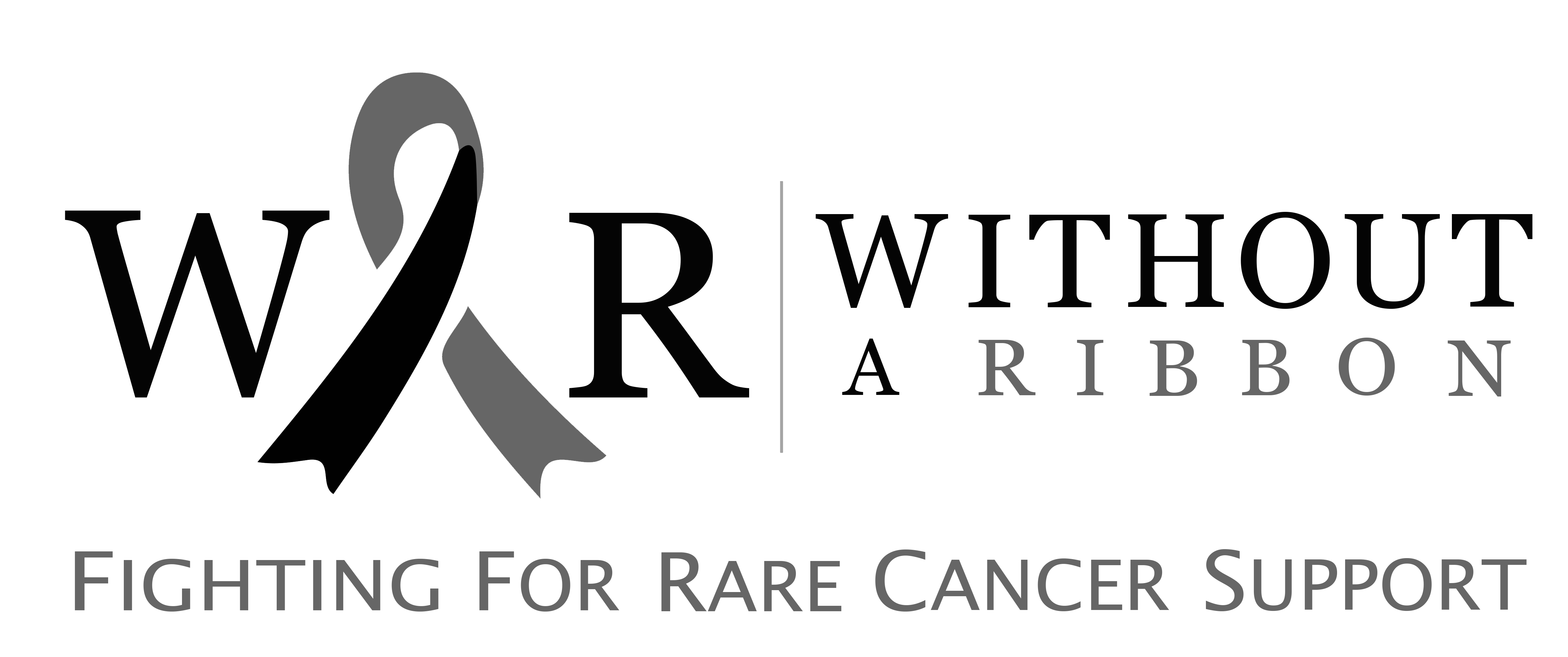What is Esthesioneuroblastoma (Olfactory Neuroblastoma)?
Esthesioneuroblastoma, also known as olfactory neuroblastoma, is a rare cancer that develops from neuroepithelial cells in the olfactory nerve, located in the upper nasal cavity. Originating from the sensory tissue associated with smell, this tumour can grow within the nasal cavity and may spread to nearby structures like the sinuses, eye sockets, or even the brain.
Causes
The exact causes remain unknown, though both genetic and environmental factors may play a role:
- Genetic mutations: No specific gene has been identified, but abnormalities in DNA repair pathways may be involved.
- Environmental factors: There is speculation about exposure to certain chemicals or radiation, though no consistent link has been found.
Signs and Symptoms
Common symptoms include:
- Nasal congestion, often starting on one side
- Frequent nosebleeds
- Loss of sense of smell
- Facial pain or pressure, possibly indicating sinus involvement
- Visual disturbances if the tumour affects the eye area
- Headaches or changes in mental status in advanced cases where the tumour invades the brain
Diagnosis
Diagnosis usually involves:
- Nasal endoscopy: Visualises the tumour within the nasal cavity
- Imaging (CT or MRI): Assesses the tumour’s size, location, and spread
- Biopsy: Confirms the presence of esthesioneuroblastoma and rules out other nasal tumours
Treatment
Treatment typically includes a multi-disciplinary approach:
- Surgery: Primary treatment; aims for complete removal with clear margins
- Radiation therapy: Often used after surgery to target remaining cancer cells
- Chemotherapy: Used in advanced or recurrent cases, often combined with surgery and/or radiation
- Endoscopic techniques: Minimally invasive methods are increasingly used, especially for smaller tumours
Prognosis
Outlook depends on the tumour’s stage, grade, and early detection:
- For early-stage tumours confined to the nasal cavity, five-year survival rates are 60-80%.
- Advanced stages with spread to lymph nodes or distant sites have a lower survival rate, and long-term follow-up is crucial due to potential recurrence.
You can help us with your donation:
Without a Ribbon is a charity that works hard to aid those who suffer from rare cancers. You can help our cause in a variety of ways:

